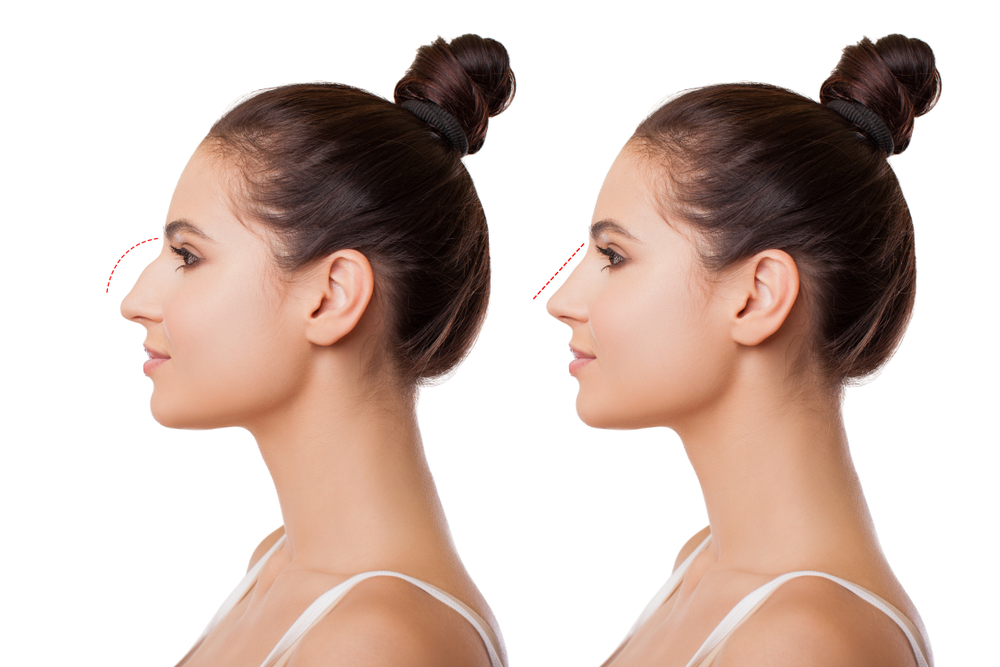Interest in rhinoplasty is at an all-time high. Unfortunately, misinformation and stigma surround the plastic surgery industry and its patients. Are you considering transforming your nose's shape, size, and appearance? If so, you are not alone. Statistics from the American Society of Plastic Surgeons suggest that rhinoplasty is America's third most popular cosmetic procedure.
What Is Rhinoplasty?
Rhinoplasty, or nose job, is a surgical procedure involving reshaping the nose to improve its appearance or function. It is a standard procedure that can benefit people of all ages. However, the best candidates are typically those over the age of 16. This is because cosmetic surgeons prefer patients with a fully developed nose.
The lower portion of the nose structure is cartilage, and the upper one is bone. A nose job can change skin, cartilage, bone, or all three. It is best to consult a cosmetic surgeon to determine whether you are a good candidate for this procedure and what it can achieve. To do so, you must choose the right rhinoplasty surgeon.
Is Rhinoplasty Right for You?
Before you get a nose job, it is best to consult a plastic surgeon to discuss your goals and concerns. The surgeon will examine your nose and discuss the best options for achieving your desired results. It would be best if you were honest and realistic about your expectations, as the surgeon can tell you what is and is not possible with the procedure.
Types of Nose Jobs
There are two main types of nose jobs:
- Cosmetic rhinoplasty aims to improve the appearance of the nose.
- Functional rhinoplasty aims to improve breathing or other problems.
The type of procedure you choose will depend on your specific goals and concerns.
What to Expect
The surgery typically takes about one to two hours, and patients undergo surgery under general anesthesia. The surgeon makes small incisions inside the nose or at the base of the nose. Next, he/she reshapes the underlying bone and cartilage to achieve the desired results. Sometimes, the surgeon may add or remove tissue, such as cartilage or bone, to achieve the desired shape.
After surgery, you will need to wear a splint on your nose for about a week to help maintain the new shape. You may experience swelling and bruising around the eyes, which should resolve within a few days. Avoid strenuous activity for several weeks after surgery to allow your nose to heal properly. You may need to avoid blowing your nose or exposing your nose to cold temperatures for several weeks.
Risks
As with any surgical procedure, rhinoplasty carries some risks, including infection, bleeding, and scarring. Your plastic surgeon will discuss the risks and complications before the procedure. In rare cases, another operation may be necessary if complications arise or the first one does not achieve the desired results.
Conclusion
Overall, rhinoplasty can be a very effective way to improve the appearance or function of the nose. By understanding the procedure and discussing your goals and concerns with a plastic surgeon, you can decide whether this procedure is right for you.
For more on rhinoplasty, visit Kenneth Bermudez, MD, at our San Francisco, California office. Call (415) 712-1800 to schedule an appointment today.













